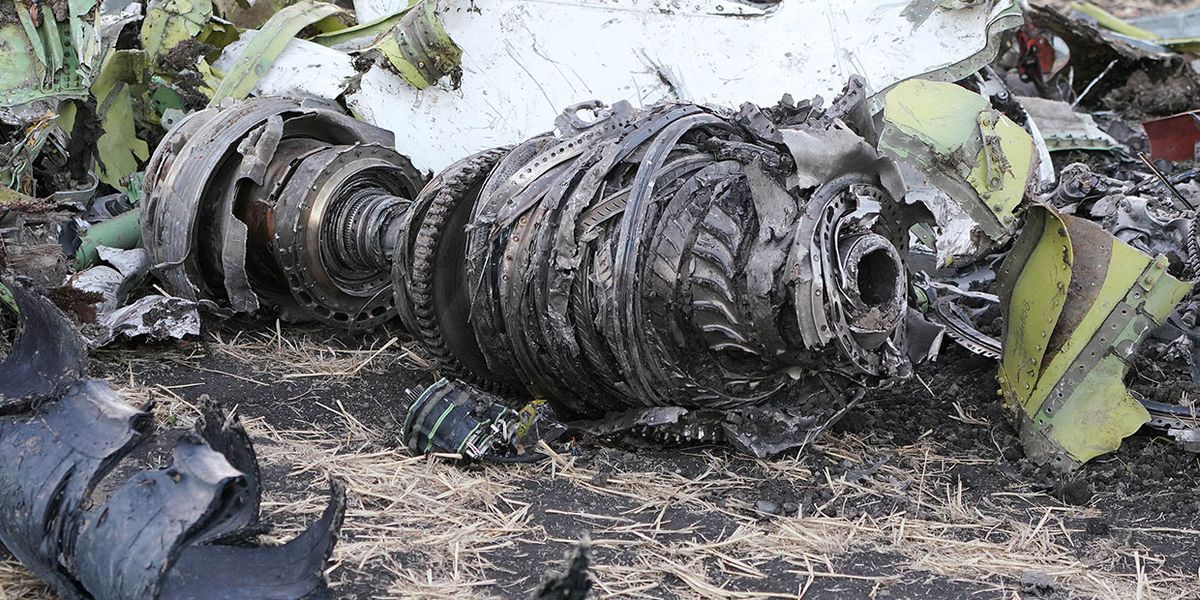I had a great conversation today with a guy I have known for years, and has his finger on aviation and what may be coming. The drone as we know it today has taught us many things, one being how to build an affordable vertical take off aircraft that has enough AI technology to make learning to fly it easier than learning to drive a car.
He believes as I do, the next thing we are going to see in aviation is hybrid aircraft built on the quad motor design. My friend is a retired aeronautical engineer and he feels the technology could easily replace helicopters as we know them today.
Helicopters are maintenance hogs, a hybrid quad copter would have a fraction of the maintenance and have a much better safety potential than helicopters especially if they are equipped with parachutes in case of catastrophic failure.
So why aren’t they producing them yet? He believes as I do, ATC. Fill the skies with personal aircraft that just about anyone could fly, and you have an air traffic control nightmare.
The advantages of quad aircraft over helicopters could be substantial, they could get into tighter places for search and rescue, could have longer flight time, crop dusting costs could be cut drastically and would be much safer.
Let’s take a Bell 206 new about 700,000 with limited lifting capacity when fully loaded. Operational costs per hour is between $400.00 and $500.00 per hour. Burns about 25 gal an hour.
Hybird quad copter with four-cylinder engine driving two generators (redundancy) and four AC motors estimated operations costs less than $50.00 per hour. Estimated cost to produce $55,000 to $65,000 depending on avionics.
Program your flight computer for your destination after getting ATC clearance and go along for the ride.
My friend and I think we are going to see it in the not to distant future.
He believes as I do, the next thing we are going to see in aviation is hybrid aircraft built on the quad motor design. My friend is a retired aeronautical engineer and he feels the technology could easily replace helicopters as we know them today.
Helicopters are maintenance hogs, a hybrid quad copter would have a fraction of the maintenance and have a much better safety potential than helicopters especially if they are equipped with parachutes in case of catastrophic failure.
So why aren’t they producing them yet? He believes as I do, ATC. Fill the skies with personal aircraft that just about anyone could fly, and you have an air traffic control nightmare.
The advantages of quad aircraft over helicopters could be substantial, they could get into tighter places for search and rescue, could have longer flight time, crop dusting costs could be cut drastically and would be much safer.
Let’s take a Bell 206 new about 700,000 with limited lifting capacity when fully loaded. Operational costs per hour is between $400.00 and $500.00 per hour. Burns about 25 gal an hour.
Hybird quad copter with four-cylinder engine driving two generators (redundancy) and four AC motors estimated operations costs less than $50.00 per hour. Estimated cost to produce $55,000 to $65,000 depending on avionics.
Program your flight computer for your destination after getting ATC clearance and go along for the ride.
My friend and I think we are going to see it in the not to distant future.








